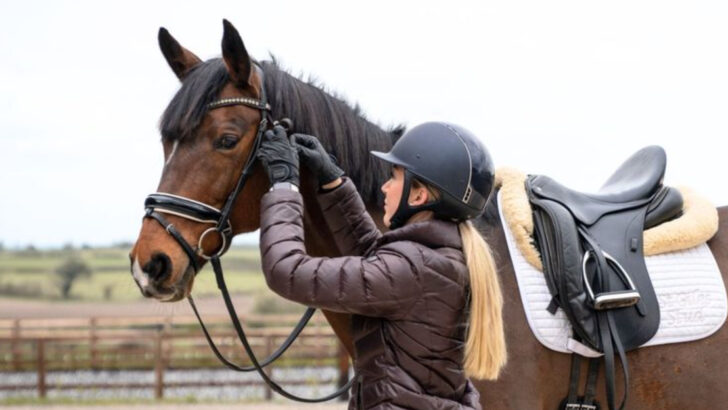A long trail ride can be pure magic—or a total disaster.
One wrong saddle strap, one missed water break, and suddenly your dream ride turns into a test of survival—for you and your horse. But get it right? It’s freedom on four hooves, with nothing but sky, dirt, and the rhythm of hoofbeats.
Trail riding isn’t just a stroll through the woods. It’s a partnership, a challenge, and sometimes a straight-up endurance test. Your horse needs to be ready. You need to be ready. And a few smart moves can mean the difference between a sore back and a storybook ride.
Want to ride farther, safer, and with way fewer blisters?
Here are 13 trail-tested tips to keep you both happy from the first mile to the last.
Prepare Your Horse Physically
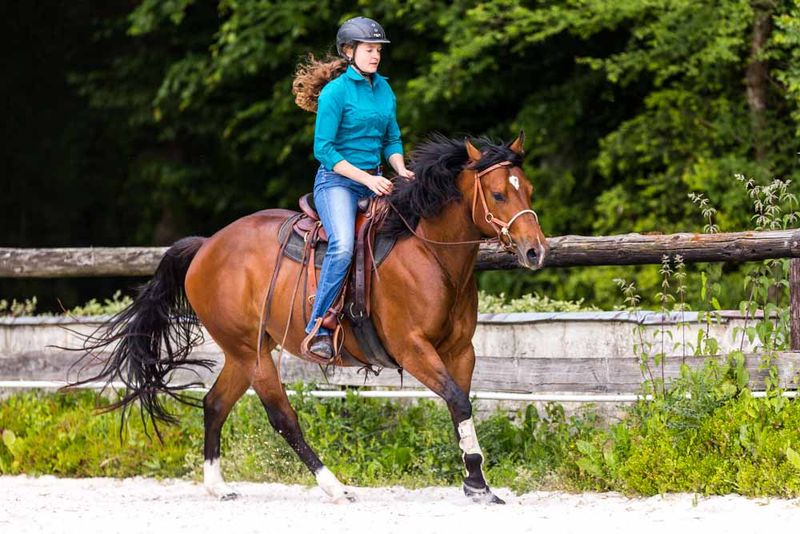
Getting your horse physically ready is key. Start with a consistent training regimen that builds stamina and strength. Include hill work and long trots to enhance endurance. Divide your sessions into segments with adequate warm-ups and cool-downs.
Regular veterinary checks ensure your horse’s health. Keep an eye on its weight and adjust feed for energy. Hydration is vital, so always provide clean water.
Monitor your horse’s recovery times to judge fitness levels. As the ride approaches, taper training to allow rest. A physically prepared horse will enjoy the ride as much as you.
Choose the Right Equipment
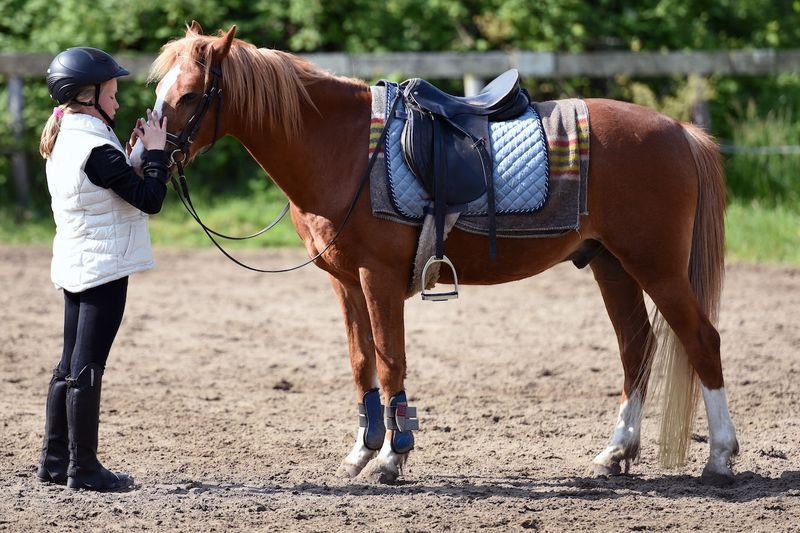
Choosing appropriate equipment is crucial for comfort. A well-fitted saddle prevents sores and ensures balance. Consider a lightweight, breathable design.
Saddle bags should be spacious yet compact, holding essentials without bulk. Quality bridle and bit ensure smooth communication between you and your horse.
Check all gear for wear and tear before setting out. Comfortable reins and stirrups make a difference on long rides. Ensuring your equipment is up to par makes the journey smoother and more enjoyable for both horse and rider.
Plan Your Route Wisely
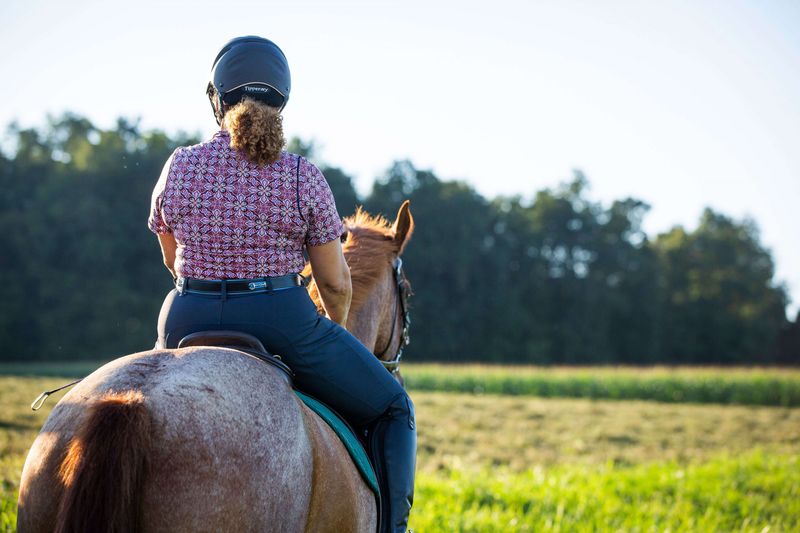
A well-planned route sets the stage for a successful ride. Study maps and consider terrain difficulty. Opt for trails that match your horse’s fitness level.
Check weather forecasts to avoid unexpected conditions. Include rest stops along the way to recharge. Shared trails require awareness of other users.
Communicate your plan with friends or family for safety. Ensure mobile connectivity or carry a GPS device. Planning wisely reduces surprises and enhances the overall experience.
Condition Your Horse for Varied Terrains

Trail riding involves diverse landscapes. Prepare your horse for varied terrains through specific training. Practice on rocky, muddy, and uneven surfaces.
This builds confidence in your horse and improves agility. Teach your horse to walk calmly and observe footing.
Varied terrain training helps your horse adapt to unexpected challenges. It also strengthens muscles and enhances coordination. Your horse’s ability to handle different ground types will reflect in a smoother ride.
Pack Essential Supplies
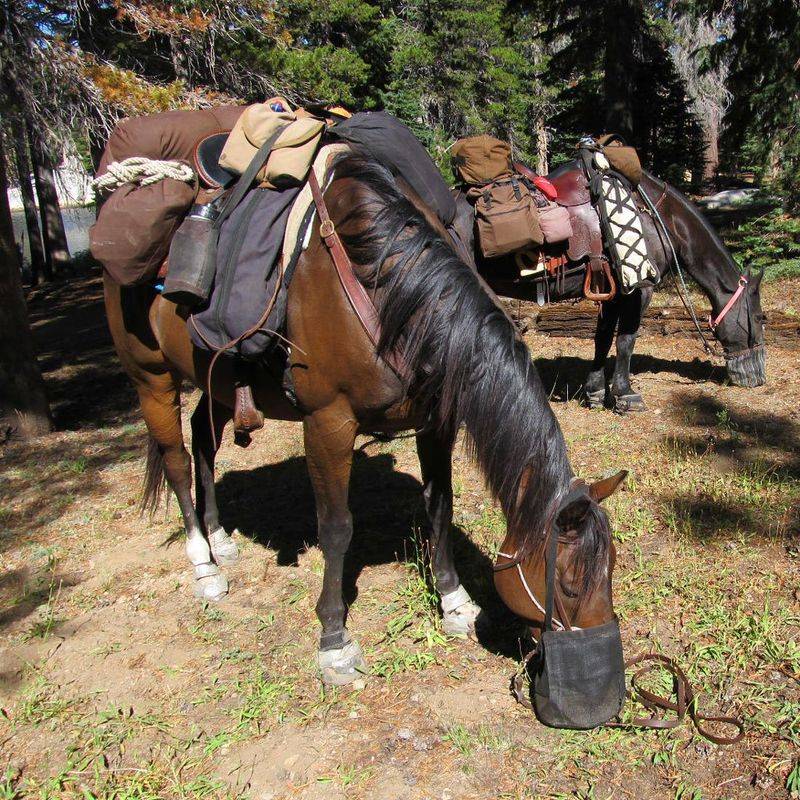
Packing the right supplies ensures you’re prepared for the trail. Essentials include a first aid kit for both horse and rider. Pack enough water and snacks to fuel your journey.
Include a map and compass for navigation. Sunscreen and insect repellent protect against the elements. A multi-tool is handy for unexpected repairs.
Prioritize lightweight, durable items. Packing smartly keeps you ready for any situation, ensuring a hassle-free experience.
Understand Trail Etiquette
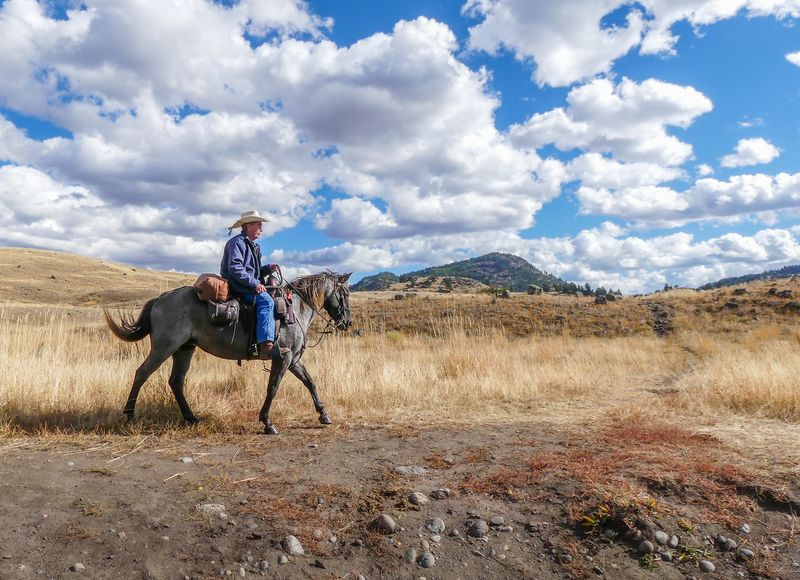
Trail etiquette is about respect and safety. Yield to hikers and bikers on shared trails. Announce your presence kindly, ensuring a pleasant encounter.
Keep a safe distance from other horses to prevent accidents. Maintain a steady pace to avoid startling others.
Cleanup is crucial. Carry bags to remove waste and leave no trace. Understanding etiquette fosters a friendly environment for all trail users.
Monitor Your Horse’s Health During the Ride
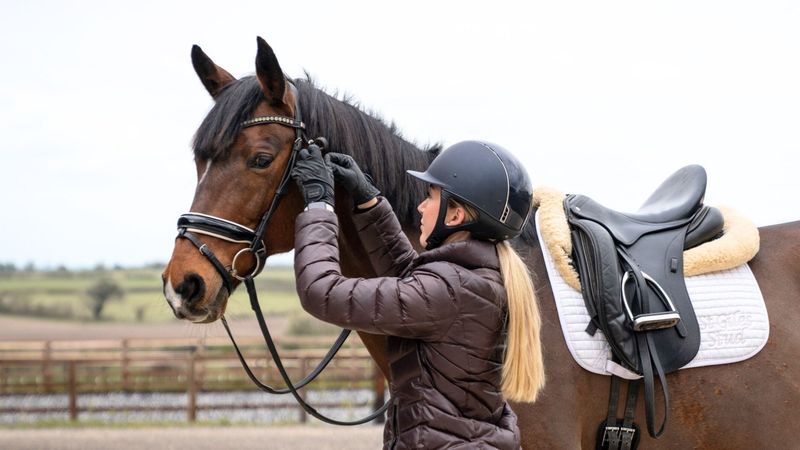
Monitoring your horse’s health is pivotal. Regularly check pulse and respiration rates. These indicators help you gauge your horse’s condition.
Look for signs of fatigue or discomfort, and rest if needed. Hydration is essential, so offer water frequently.
Be mindful of terrain-induced stress. A vigilant rider ensures the horse’s health and safety throughout the ride, creating a positive experience.
Know Your Horse’s Limits
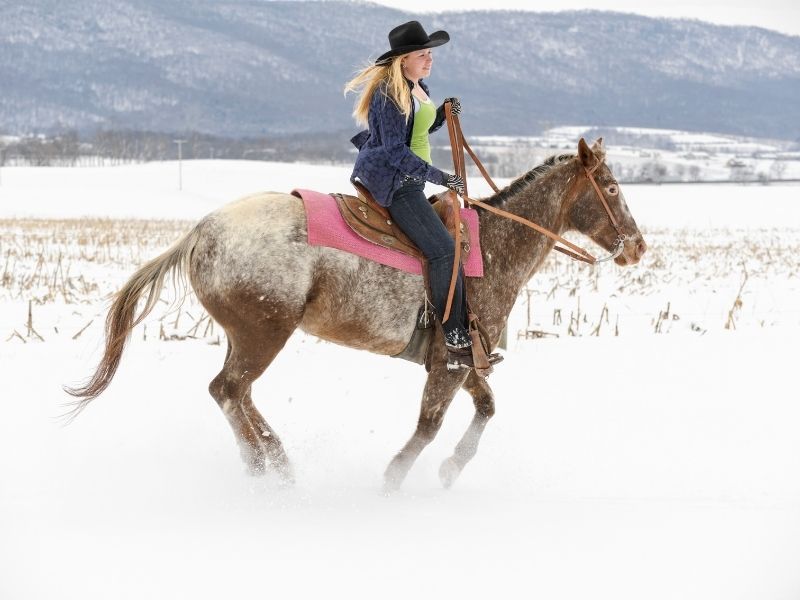
Understanding your horse’s limits prevents overexertion. Each horse is unique; observe its energy and behavior.
Recognize when to pause or adjust the pace. Pushing too hard risks injury and diminishes enjoyment.
Prioritize your horse’s welfare by making decisions based on its needs. A harmonious ride respects your horse’s boundaries.
Stay Connected with Your Horse
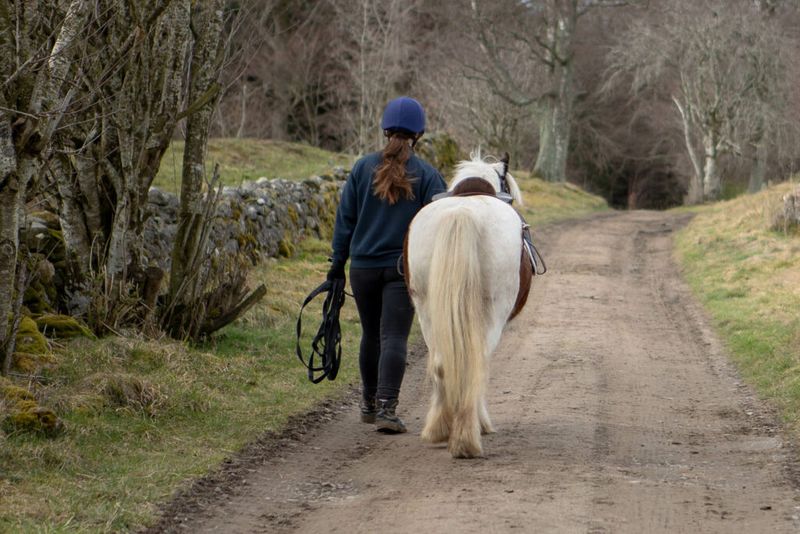
Connection enhances the ride experience. Use body language and voice commands to communicate effectively.
Observe your horse’s gestures and respond accordingly. This builds trust and deepens your bond.
A connected rider can anticipate the horse’s reactions, ensuring a smoother, more enjoyable journey.
Prepare for Emergencies
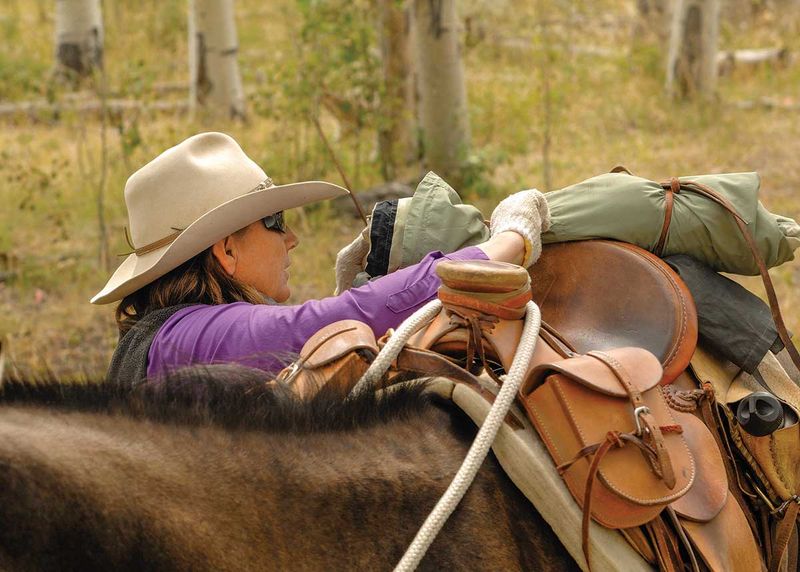
Preparation for emergencies is essential. Carry a mobile phone with a charged battery and emergency contacts.
An emergency kit should include basic medical supplies and tools. Know basic first aid for both horse and rider.
Being prepared provides peace of mind, allowing you to focus on the adventure itself.
Train for Endurance
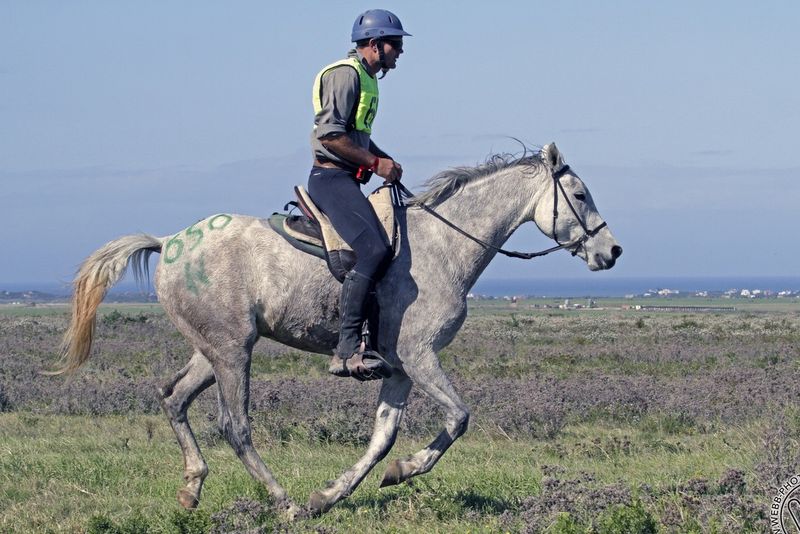
Endurance training builds stamina for long rides. Incorporate interval training and long-distance practice.
Focus on gradual increases in duration and intensity. This conditions both horse and rider for extended trails.
Consistent training prepares your horse for the demands of a long ride, enhancing overall performance.
Dress Appropriately for the Ride

Dressing appropriately ensures comfort and safety. Opt for breathable, moisture-wicking fabrics to regulate temperature.
Wear a helmet for protection and gloves for grip. Layer clothing to adjust to changing weather conditions.
Proper attire contributes to a more enjoyable ride, keeping you focused on the trail ahead.
Keep a Positive Attitude
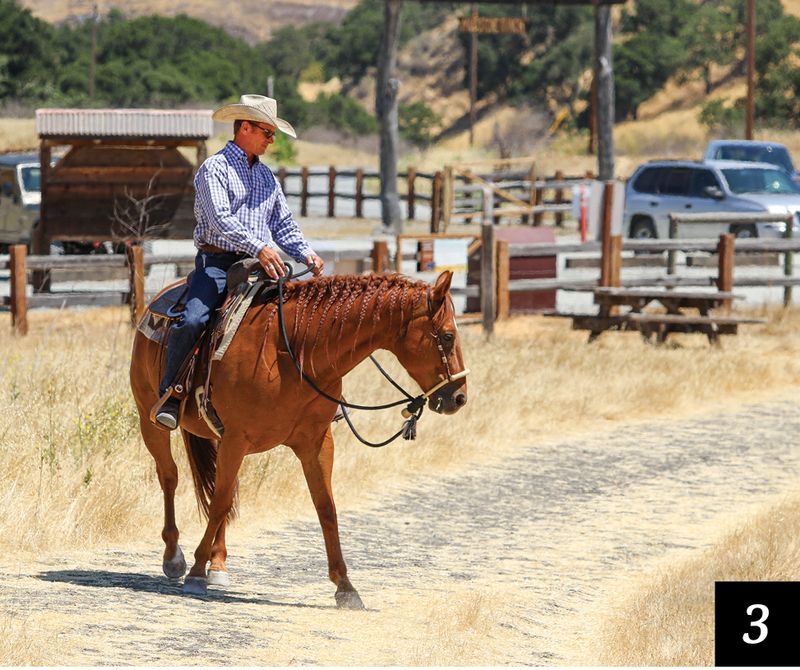
A positive attitude influences the ride. Approach challenges with optimism and patience.
Your horse senses your mood; staying calm and encouraging boosts its confidence.
Enjoy the journey and embrace each moment. A cheerful demeanor makes the ride memorable for both you and your horse.

